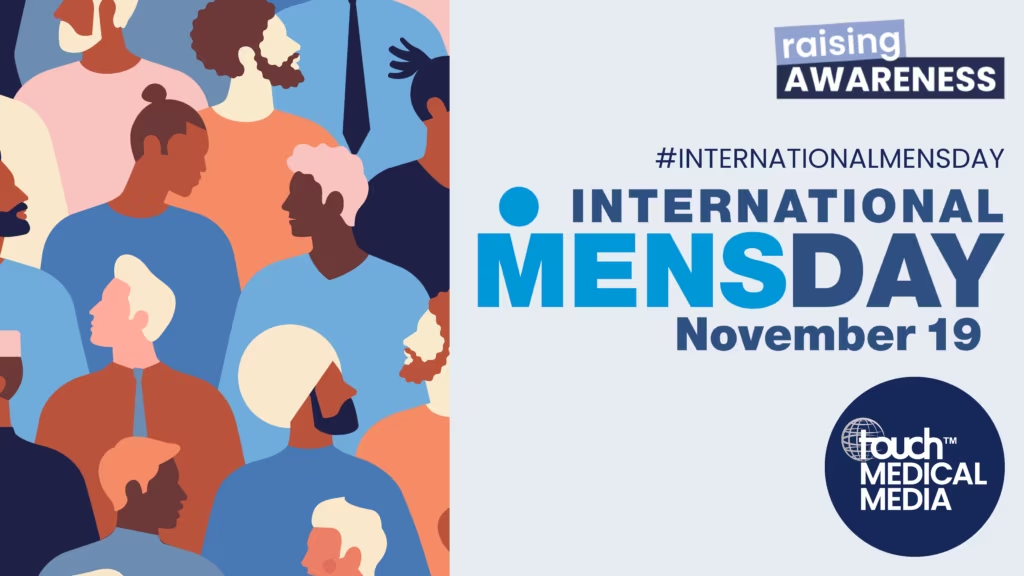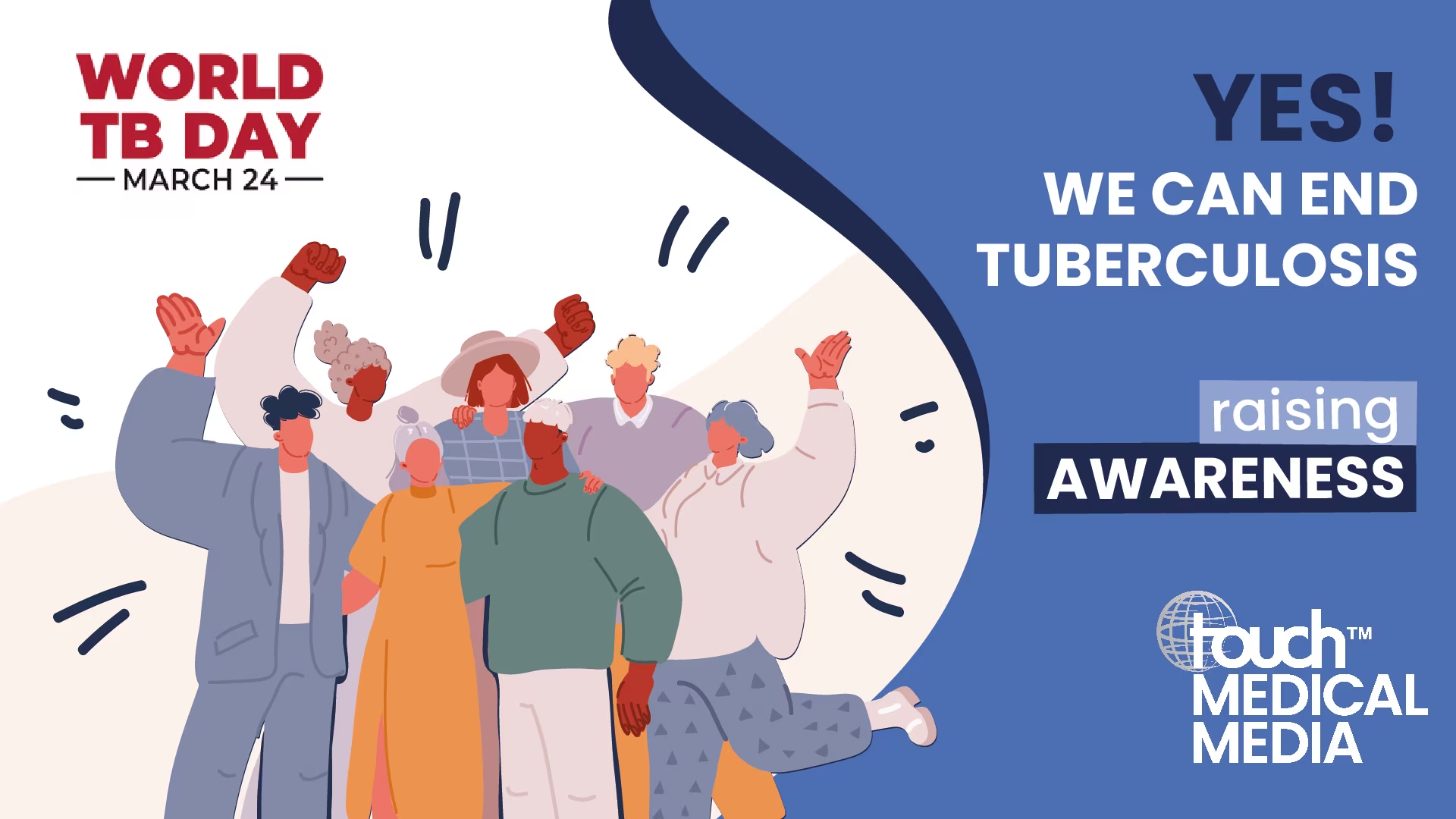
International Men’s Day is an important day to consider men’s mental and physical health. It is a day to recognize how some health conditions can affect men and to raise awareness around some of the unique challenges men may face.
In fact, many issues men face are symptomatic of more significant problems in modern society. For example, prostate cancer is often linked to diet and exercise habits, whilst heart disease can be closely tied to obesity.
Men’s mental health has also been closely studied, with links found between depression and low testosterone levels.
Part of the problem is that men are generally less likely to seek medical care than women – and therefore, less likely to visit their doctor for check-ups, even if they have potentially severe symptoms.
The only way to better support men with these health conditions is to improve awareness of the facts and how the risks can be reduced.
Let’s explore nine of them.
1. Mental health
Mental health is a topic that has been widely discussed in recent years, and it affects people of all genders. But there are some differences in how men and women experience mental health issues, which can sometimes lead to a lack of understanding about how men can best address their mental health.
For instance, men are more likely than women to use alcohol or drugs to cope with stress or pressure, which can lead to addiction. They’re also less likely than women to seek help for depression or anxiety disorders.
Sadly, this can lead to higher suicide rates among men – on average, male suicide is double that of women. It varies geographically, but in the United States in 2020, those rates were four times higher, meaning that while men make up 49% of the population, they account for an estimated 80% of all suicides yearly (CDC).
Awareness around men’s mental health is the first step in taking action – there are ways to support men that can help reduce statistics like these. It starts by changing our perceptions about what it means to be a man – and then encouraging friends and family members who need help with their mental health to seek professional support. This can involve taking some time every day for self-care activities such as exercise or meditation, or talking about their feelings with someone they trust, personally or professionally.
Dr Simon Hodes, a General Practitioner based in the UK, has this to say about mental health:

“For many people, mental health problems come out of the blue. Others may be predisposed by family history. For others, significant life events may trigger problems (common triggers being relationship problems, bereavement, work issues or financial problems). Whatever the causes, if any, mental health can be mixed and complicated and can affect your thoughts, feelings and actions.”
He also highlights the issues mental health problems can affect, including:
“… your sleep, mood, appetite, energy levels and libido (sexual drive). Some patients get physical symptoms such as muscle or chest pains, bowel upset, headaches and skin changes.”
Here’s how Dr Hodes suggests addressing the problem:
“IF IN DOUBT, PLEASE SEE YOUR GP because it can be very hard to tell mental health apart from physical illness at times.
The main advice I would have for any patient is to TALK. This may be to a friend, family member, work colleague, counsellor, therapist or GP. Just seek HELP.”
Learn more about new and emerging treatments for mental health conditions.
2. Migraine
While women tend to be affected more than men, it is estimated that 9% of men regularly suffer from migraines.
These painful headaches – arguably the most painful – also have wide-ranging effects on a man’s health. For instance, men who suffer from migraines tend to present with other health problems, like depression, insomnia, anxiety and irritable bowel syndrome (IBS).
Migraines may also be linked to an increased risk of cardiovascular disease, with a recent report suggesting migraines increased the risk of heart attacks in men by 42% and made them twice as likely to suffer an ischemic stroke.
Triggers can vary, from diet to the environment, so avoiding known triggers is often a common way to prevent a migraine episode.
Awareness of how to deal with migraines is also essential, especially for men, as Rob Music, CEO of The Migraine Trust, explains:

“Our research has found that there is a significant and often unspoken impact that migraine has on the lives of men affected by it. They must be properly supported by the healthcare system and feel comfortable and confident to speak about their health, whether it’s to their doctor or loved ones. No one living with migraine should feel isolated as a result of the condition.”
Learn more about new and emerging migraine treatments.
3. Stroke
Stroke is a leading cause of death in men. In the United States, for example, men under 44 years of age are more likely to be hospitalized for certain types of stroke than women of the same age (CDC).
Though the exact reason for this disparity is unknown, several factors are believed to contribute to it. A few of these include:
- Men are more likely to smoke cigarettes and drink alcohol. Both can raise blood pressure and increase the risk of heart disease or stroke.
- Men tend to be less health-conscious than women and often don’t see their doctors as regularly as they should. This means they may not get the necessary treatment or diagnosis in time to prevent an oncoming stroke.
- Men are more likely than women to have risk factors for stroke, such as high blood pressure or diabetes.
Fortunately, there is good news – because 80% of strokes are preventable.
This can be achieved by making healthy lifestyle changes, like eating more nutritious foods with less salt, higher fibre content and with whole grains to manage cholesterol. Regular exercise helps to maintain a healthy body weight, making the blood vessels and heart healthier.
Million Hearts® also recommends following the ABCS to help reduce the risk of stroke.
Learn more about new and emerging stroke treatments.
4. Osteoporosis
Osteoporosis is a weakening of the bones that develops gradually over the years, and which causes them to fracture more easily.
We reached out to Prof. Neil Gittoes, Chair of the Royal Osteoporosis Society, to explain what men need to be aware of to help prevent osteoporosis.

“Worldwide, 1 in 5 men over 50 will suffer from osteoporotic fracture and, alarmingly, one-third of hip fractures occur in men. As the world’s population of ageing men is increasing rapidly, it is important to emphasise the awareness of osteoporosis and its prevention and management.
Improving and maintaining optimal bone health through a healthy and active lifestyle are the first steps in preventing osteoporosis and the potentially devastating fractures that may result.”
The key measures Prof. Gittoes mentions to prevent osteoporosis include:
- Stop smoking
- Reduce alcohol intake
- Participate in regular weight-bearing and strength-training activities at least three days a week
- Maintain a healthy balanced diet with sufficient calcium
- Have enough vitamin D through sun exposure or supplementation
Learn more about new and emerging osteoporosis treatments.
5. Heart health
Men are at a higher risk of developing heart health issues than women. This may be because men have more cardiovascular risk factors, like obesity, high cholesterol, and diabetes. For instance, men are twice as likely to suffer from a heart attack during their lifetime than women (HARV).
Dr Magdi El-Omar (Editor-in-Chief of Heart International and Consultant Interventional Cardiologist, UK) says:

“Heart disease is a leading cause of death amongst men, accounting for almost a quarter of all deaths. Millions of men currently live with heart disease worldwide, and the number is steadily rising.”
He also lists many risk factors that account for this, including “… smoking, diabetes, obesity, high cholesterol, high blood pressure, inactivity, poor diet and poor mental health.”
To combat this, the following steps can help take control of your heart health:
- Eat healthy foods that are low in sodium and saturated fat (like fruits and vegetables)
- Get plenty of exercise
- Quit smoking cigarettes or using any other tobacco products
- Ask your doctor about taking daily aspirin or other blood thinners
As Dr Magdi El-Omar insists, “Raising awareness of these risk factors and ways to tackle them is vital in helping to reduce the burden of heart disease in men.”
Learn more about new and emerging heart health treatments.
6. Lung cancer
Lung cancer is a leading cause of cancer in men. Studies have indicated that lung cancer could be part of the reason the current average life expectancy of men is shorter than women in the Organization for Economic Cooperation and Development countries. In 2017, the difference in life expectancy was reported to be 5.1 years – 70.5 years for men and 75.6 years for women (INT J Environ Res Public Health).
Symptoms of lung cancer can include:
- Loss of appetite
- Breathlessness
- Wheezing
- Unintended weight loss
- Chest pains that get worse with deep breaths, coughing or laughing
- Chronic cough
- Coughing up blood
Treatments can vary depending on the type of lung cancer, its position, size, stage of advancement and personal health.
One of the most important things we can do to help prevent lung cancer is to stop smoking – or never start. And if symptoms develop, always consult a doctor to get tested.
Learn more about new and emerging lung cancer treatments.
7. Prostate cancer
Prostate cancer is the second most common cancer in men and the fifth leading cause of death worldwide (WJO).
The good news is that survival rates are good, especially if the condition is treated early. The problem is that prostate cancer does not always prove symptomatic until later stages. For men over 50 years of age, it is recommended that they take a prostate-specific antigen (PSA) blood test, which can detect the early signs of prostate cancer.
There are however symptoms to look out for. While not always indicative of prostate cancer, men should reach out to their doctor for a check-up.
Symptoms include:
- Hesitancy when trying to urinate
- Burning when urinating or ejaculating
- Blood in urine or semen
- Frequent urination during the night
- Feeling like your bladder isn’t empty
There are also ways to minimise the risk. Diet can play a role by focusing on healthier eating habits and maintaining a healthy weight, such as:
- Limiting saturated and trans fat intake and consuming more omega-3 fatty acids
- Eating a wide variety of fruit and vegetables and plenty of leafy greens
- Avoiding charred meats
- Using soy, which can lower PSA levels
Learn more about new and emerging prostate cancer treatments.
8. Colorectal cancer
Colorectal cancer is the third most common cancer in men, with over 1 million men diagnosed in 2020 and over 515,000 recorded deaths (WCRF).
Research indicates that men have significantly higher mortality rates than women.
These risks highlight why it is so vital for men to know what to look out for and how to reduce their risk.
Symptoms of colorectal cancer can include:
- Diarrhoea or constipation
- A change in bowel habits
- Abdominal pain and cramping
- Unexplained weight loss
- Blood in or on stool (rectal bleeding)
Risk of colorectal cancer is seen to increase for those who:
- Smoke
- Drink alcohol
- Eat red or processed meat
- Are overweight or obese
- Have inflammatory bowel disease (IBD)
However, there is also evidence that shows dietary and health changes can decrease the risk.
But there most important action any man can take is to get screened, as explained by Prof. Benjamin Weinberg (Georgetown University, Washington, DC, USA):

“Colorectal cancer is still a leading cause of cancer-related death for men worldwide and can be prevented through the use of colonoscopy screening. Colonoscopies can remove pre-malignant polyps before they develop into colorectal cancer, and they can also identify earlier-stage colorectal cancers which may only require surgery alone for a cure. Other screening tests include faecal-occult blood testing, DNA-based stool tests, virtual colonoscopies, and sigmoidoscopies”
Learn more about new and emerging treatments for colorectal cancer.
9. Lung health
There are many reasons why men suffer from lung health issues.
The causes include that many men worldwide still smoke; according to WHO data, over one-third of men worldwide are smokers (compared to one-tenth of women). Men may also be more likely to work in high-risk environments exposed to airborne chemicals, dust and fumes. These factors are compounded by the fact that men are less likely than women to visit their doctor regularly to catch issues early (BMJ).
These factors, including hereditary factors, can lead to some of the most common causes of lung-related illness:
- Chronic obstructive pulmonary disease (COPD)
- Asthma
- Tuberculosis (TB)
- Lung cancer
COPD is common in men, as Prof. Peter J Barnes (Editorial Board member and Professor of Thoracic Medicine, UK) highlights:

“COPD is still more commonly seen in men, related to previous exposure to cigarette smoke. Smoking cessation is more effective in early disease, and there needs to be more emphasis on early diagnosis and therapy.”
Preventing or minimising risk is achievable. We reached out to Prof. Richard van Zyl-Smit (Editor-in-Chief of touchRESPIRATORY and Consultant Pulmonologist, South Africa) for greater detail on the risks and how to best protect the lungs:

“Lung Health has a lot to do with what we breathe! Anything but fresh air can harm our lungs, so be aware of what you breathe in: not only tobacco smoking, marijuana, vaping or hookah pipes – but the air around us.
Indoor pollution from paraffin lights, petrol or diesel generators, and indoor poorly vented fires. Poor quality air also occurs in many places at work – not only building sites or industrial grinding/welding type jobs. Spray paint, solvents and fumes can also cause lung disease unbeknown to many casual workers.
We need to take responsibility for what we decide to breathe in (smoke/vape) but also promote fresh air in our homes, work and living environments.”
Learn more about new and emerging lung health treatments.
Touch supports International Men’s Day, and its aim to spread greater awareness of the health problems that affect men around the world and how we can best help and treat some of the most common conditions and issues they face.
Get in touch to learn how you can benefit from our educational activities and stay regularly updated on our content.


